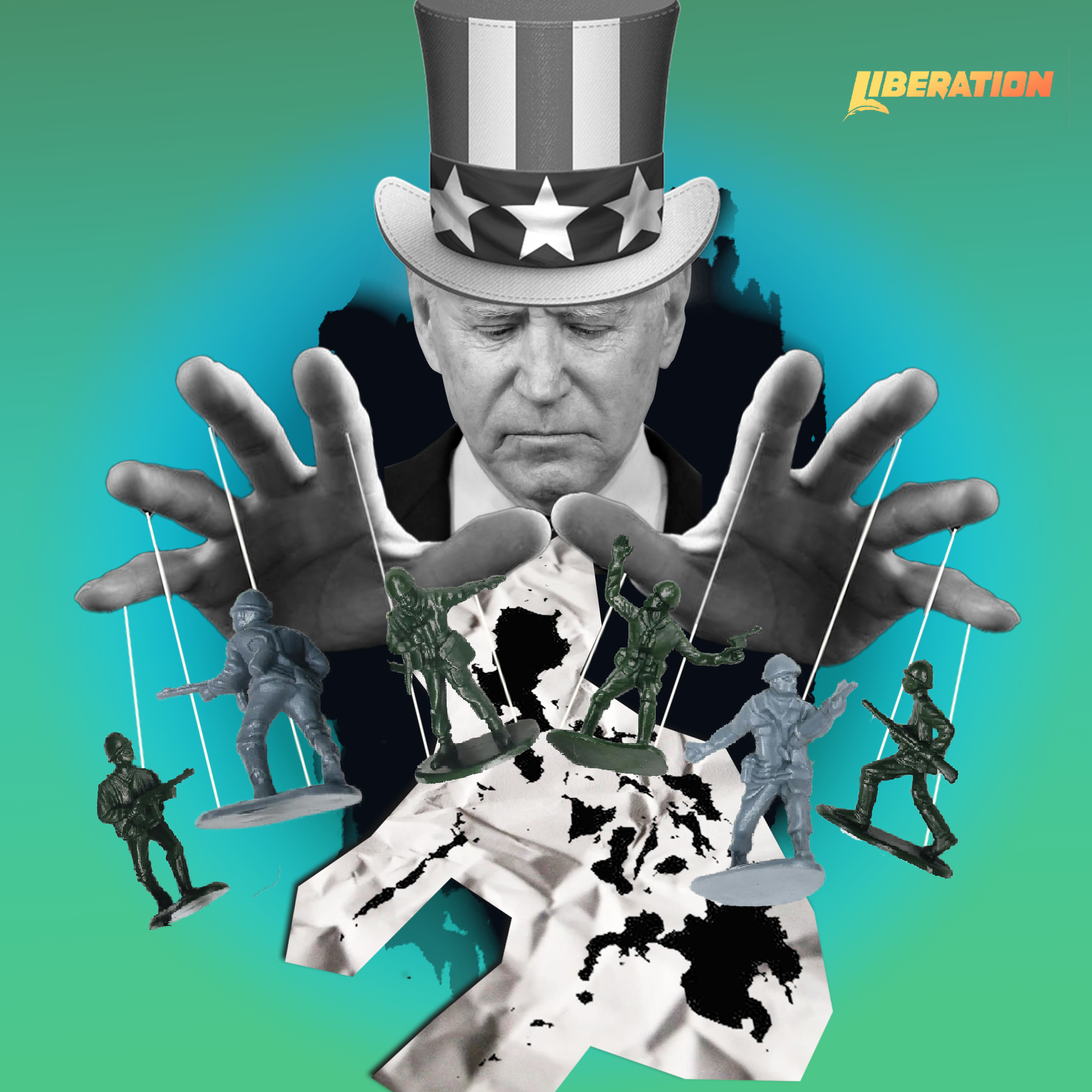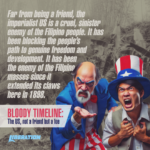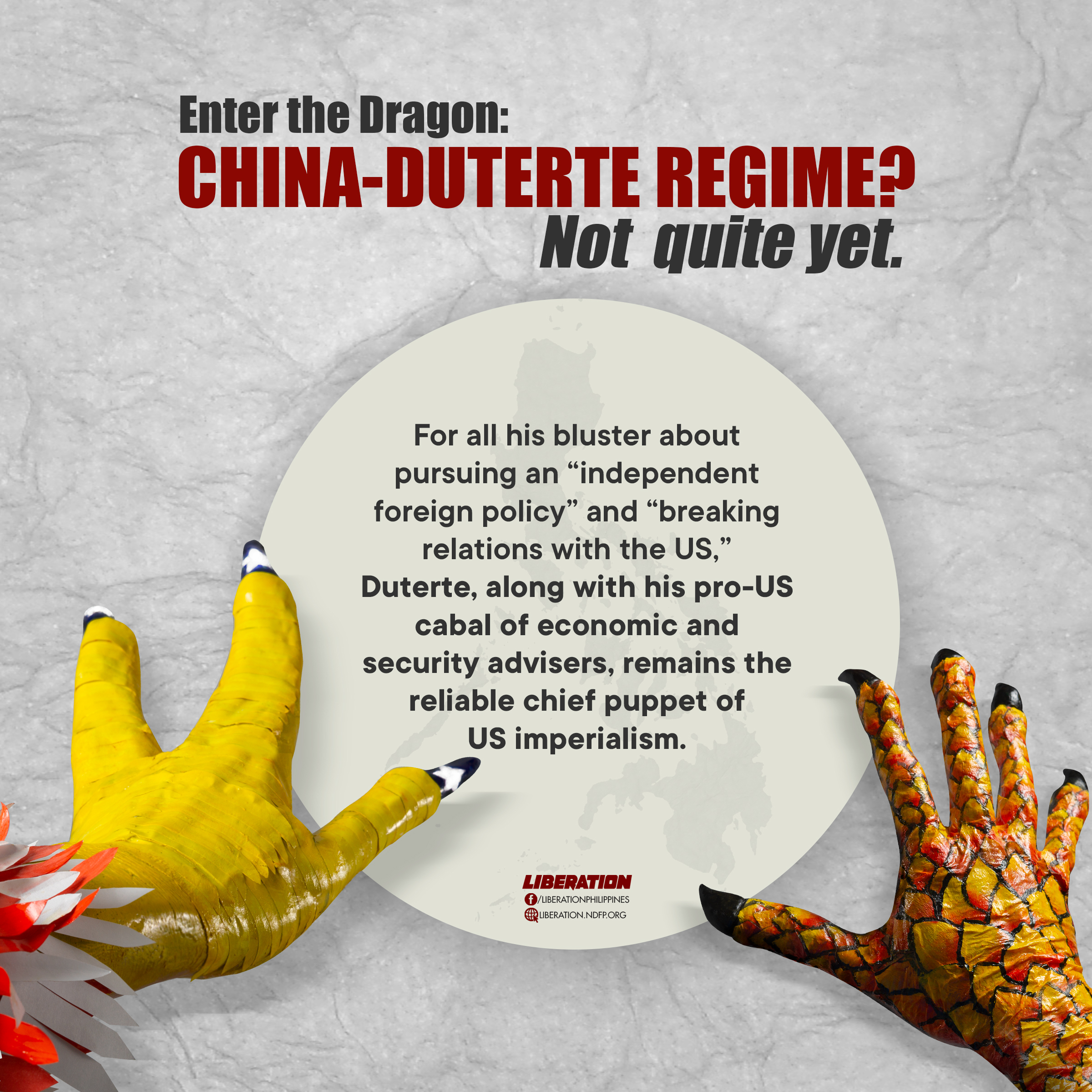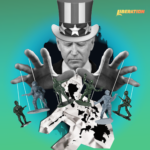What patriotic Filipinos need to know after US-PH Balikatan 2024 wargames

1. US-China is now nearly approaching actual armed conflict
Following the US-PH Balikatan wargames, it is evidently not just a series of exchanges of fiery words nor saber rattling in the uneasy partnership and rivalry of US and China. It is no secret that US regards China as a rival, and that it has been targetting China for years since declaring the “pivot” or “rebalancing of forces” to Asia a decade ago. Between the hundred-plus year old imperialist US and newly minted imperialist China, their uneasy yet profitable partnership and competition is now shooting red hot sparks in the Asia-Pacific that may ignite into actual armed conflict real soon, but through proxies namely Taiwan and the Philippines.
It doesn’t help that in November 2024 the US presidential elections is taking place. The contenders to the imperialist chief’s seat, including incumbent US President Joseph Biden, direly need a showcase “achievement” in their huge business of war. But their war machineries are troubled in Eurasia, they are more and more being isolated and reviled for supporting the genocide and colonialist occupation of Zionist Israel, and their imperialist encroachment are being resisted through more armed engagements in the Middle East.
The candidates for heading the imperialist US especially Biden are hyping their narrative of fictitious defense of a small underdog ally such as the Philippines against a bully in the name of their partner and rival China. Imperialist US wants to hold on to their self-appointed duty of being a global cop, while in truth it is merely trying hard to maintain if not expand its imperialist stranglehold on territories, resources and trade routes.
During the largest Balikatan 2024 exercises, disregarding the denials and nonsense spouted by US and PH military representatives about supposedly not targeting China (after all, the specific target is Taiwan as proxy for China), the events they mounted obviously pointed to war preparations against US rival China.
Below are some events in the “largest” Balikatan targeting US rival China but using the Philippines as staging area and some Filipino troops.
– Black Hawk and Chinook helicopters in flying missions in Fort Magsaysay, Cagayan and Batanes group of islands near Taiwan;
– Air assaults practice of American and Filipino troops in Batanes, south of 70-mile wide Bashi Channel between Philippines and Taiwan;
– Wargames targetting would-be invaders in Cagayan, firing howitzers, machine guns, javelin anti-tank missiles in La Paz sand dunes in Laoag (practice in island raids);
– Wargames using amphibious combat vehicles in Ulugan or Osyter Bay, Palawan facing the Spratlys (water-borne gunnery live fire training in Palawan) ;
– Marine Corps Ospreys (drones) flying over Calayan Island;
– Using Filipino patriotic sentiments against Chinese incursions, use of water cannon on fishermen, research vessels and tourists to justify US intervention while attacking the patriotic sentiments of Filipinos against both the Chinese incursions and the presence of tens of thousands of US troops using howitzers, amphibious combat vehicles, war choppers, among others;
– “Successfully” sinking a decommissioned PH navy ship (made in China, they said) as practice in Laoag, Ilocos;
– Scuttling joint exploration deals in the South China Sea or West Philippine Sea likely entered into by Chinese leaders and bureaucrat capitalists in the Philippines.
2. US increasing combat strength vs rival China in the Asia-Pacific
The imperialist US displays a cunning use of neocolonies and “allies” through expanded basing and upgraded treaty partnerships with the Philippines and other allies in the Asia-Pacific. They seek to intensify power projection with costs being shared or shouldered by allies and neocolonies.
Toward this projection the Balikatan 2024 showcased the use of these facilities by troops of the imperialist US. It also revealed further building the US troops require to operate its war machines and house their troops.
The US is building or expanding military facilities inside Philippine military bases, PR-promoting the free and opportunistic use of Philippine territory and troops as for “improving” those facilities and upgrading their skills and interoperability. But, the point of “improving” these is for their use of it to project power in Asia and deter rivals such as China. At the same time, US provides information (intelligence), arms, training and other aid to the AFP, using these US military facilities and troops, to interfere in the civil war between the reactionary AFP and revolutionary New People’s Army.
In the latest “largest” Balikatan, US troops operated from EDCA bases in Luzon, such as in Fort Magsaysay, Cagayan, and Palawan.These bases hosted US troops, supplies, weapons, ammunitions and equipment, and when the bases aren’t enough during the Balikatan, they use the surrounding clearing.
Protests that the “rotational” has become permanent presence of US troops in the Philippines have forcibly been muted by EDCA. In this Balikatan 2024, for example, US troops from one of its infantry brigades have been in the Philippines much earlier, having participated in another “largest” Salaknib war exercise, and they are said to leave only in June even though Balikatan 2024 ends May 10.
A combat aviation brigade commander (Col. Matt Scher) who visited the aviators encamped at the clearing beside Lal-lo Airport during the Balikatan 2024 was quoted as saying his brigade has been coming to the Philippines regularly since 2014. Their missions in the war exercises are parts of a series of exercises to test their units’ ability to deploy forces across the (Asia-Pacific) region.
With the ever expanding “largest” Balikatan, the US is seeing the use of its nearly doubled number of “agreed” bases. In November 2023, following last year’s “largest” Balikatan, they reopened with puppet Philippine leaders a 10,000-foot runway north of Manila at Cesar Basa Air Base. Philippine Inquirer report that month said the US paid a total of $66M for Basa projects, including a warehouse and fuel storage tanks. This year, the U.S. Defense Department has earmarked another $35 million to build a parking apron for transient aircraft there.
3. US freely made use of Philippine military camps, clearings, flying and fishing zones as military staging ground for testing warships, warplanes and other equipment
Imperialist US used the Philippines as staging ground for showcasing and testing various war vehicles, weapons and equipment. These inlude even those with dangerous history while being developed, the amphibious combat vehicles used at the Balikatan 2024 in Oyster Bay, Palawan on May 4.
Mishaps in using the said ACVs had reportedly killed and injured US marines. In Palawan, Philippines, these ACVs, the newest armored asset of US Marines Corp, saw its maiden deployment. According to a news release on its first deployment, the ACVs were organized into assault sections and participated in a live-fire gunnery drill in Oyster Bay, shooting at shore-based targets with their remotely controlled automatic grenade launchers.
During the Balikatan 2024 the Philippines was freely used by the imperialist US troops and allies to fire howitzers, missiles, machine guns, fly drones and helicopters, sink a decommissioned ship, regardless of the cost in destruction of marine life in Palawan, Ilocos Norte, Cagayan and Batanes. Balikatan even turned an international airport in Cagayan into an exclusive airport for its use during the week it was flying warplanes and helicopters between the province, Fort Magsaysay and Batanes.
Rent-free, the US freely used not just the AFP camps in EDCA “agreed locations” but also its surrounding lands, such as the clearing outside Lal-lo Airport in Cagayan which is the size of several football fields.
4. Looming US-China war not for the benefit of Filipinos
Under the US-Marcos2, the Philippines has agreed to almost double the agreed locations of US military facilities, and to continue hosting “largest” Balikatan war exercises.
Since the signing of EDCA in 2014 up to the doubling of agreed bases under Marcos 2, the US has used Chinese intrusions as justification. But the US presence, no, dominance, over the Philippine military and government has historically never shown any benefit to Filipinos. On the contrary. The US has continued to arm and support its puppet government and reactionary troops to brutally prevent the new national democratic revolutionaries from winning.
Now the US is clearly dragging the Philippines into a looming US proxy war against China. They are using the Philippines as staging ground for its warships and warplanes, and the reactionary Filipino troops as part of their attack forces. While Filipinos also staunchly defend their territories against China, it does not mean their patriotism is reserved only against the newly minted imperialist China. Even more so, it should be turned against the imperialist US who has been trying hard to deceive and throttle Philippine sovereignty since the US-Fil war in 1899. (Pinky Ang)###





